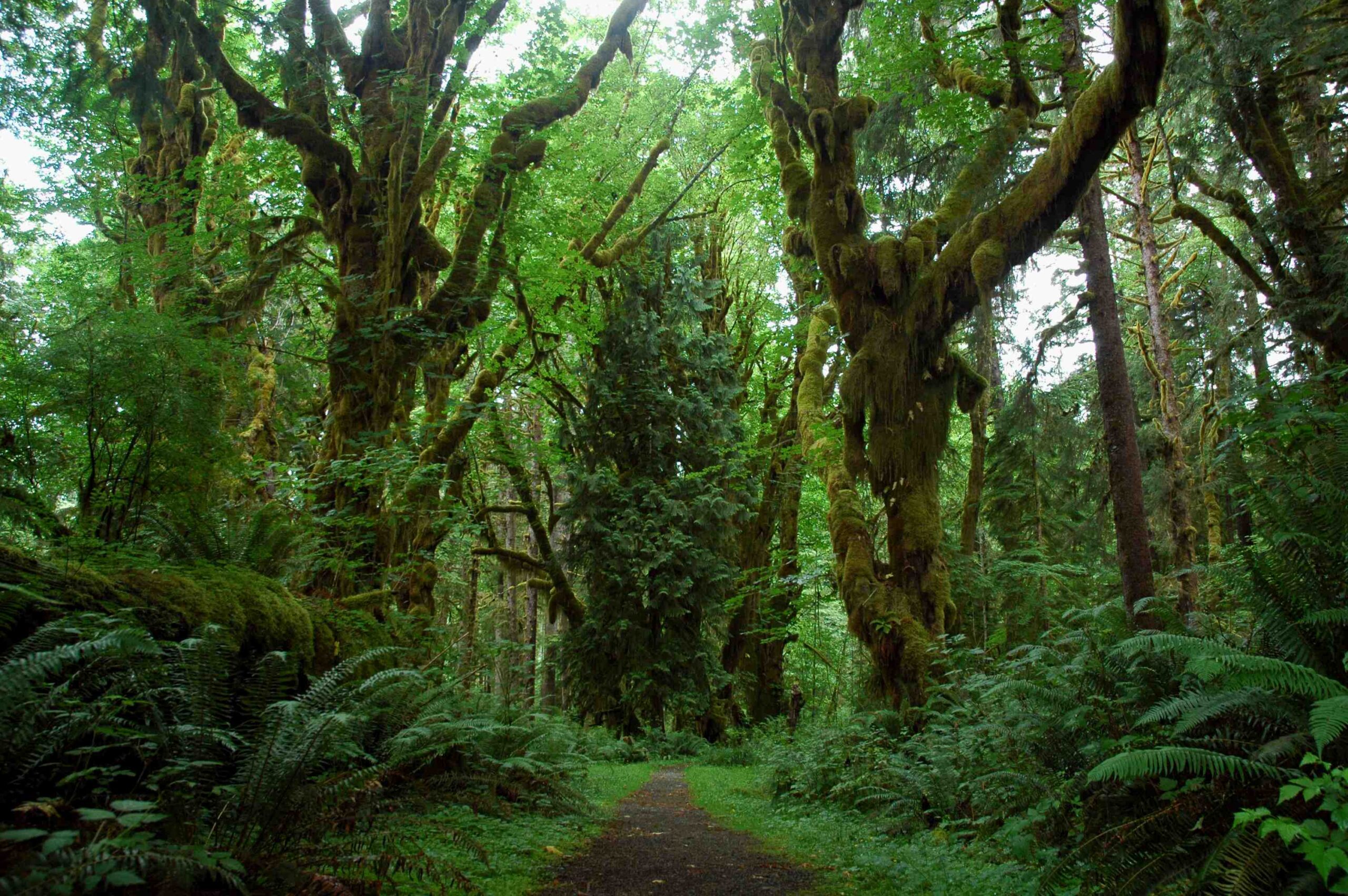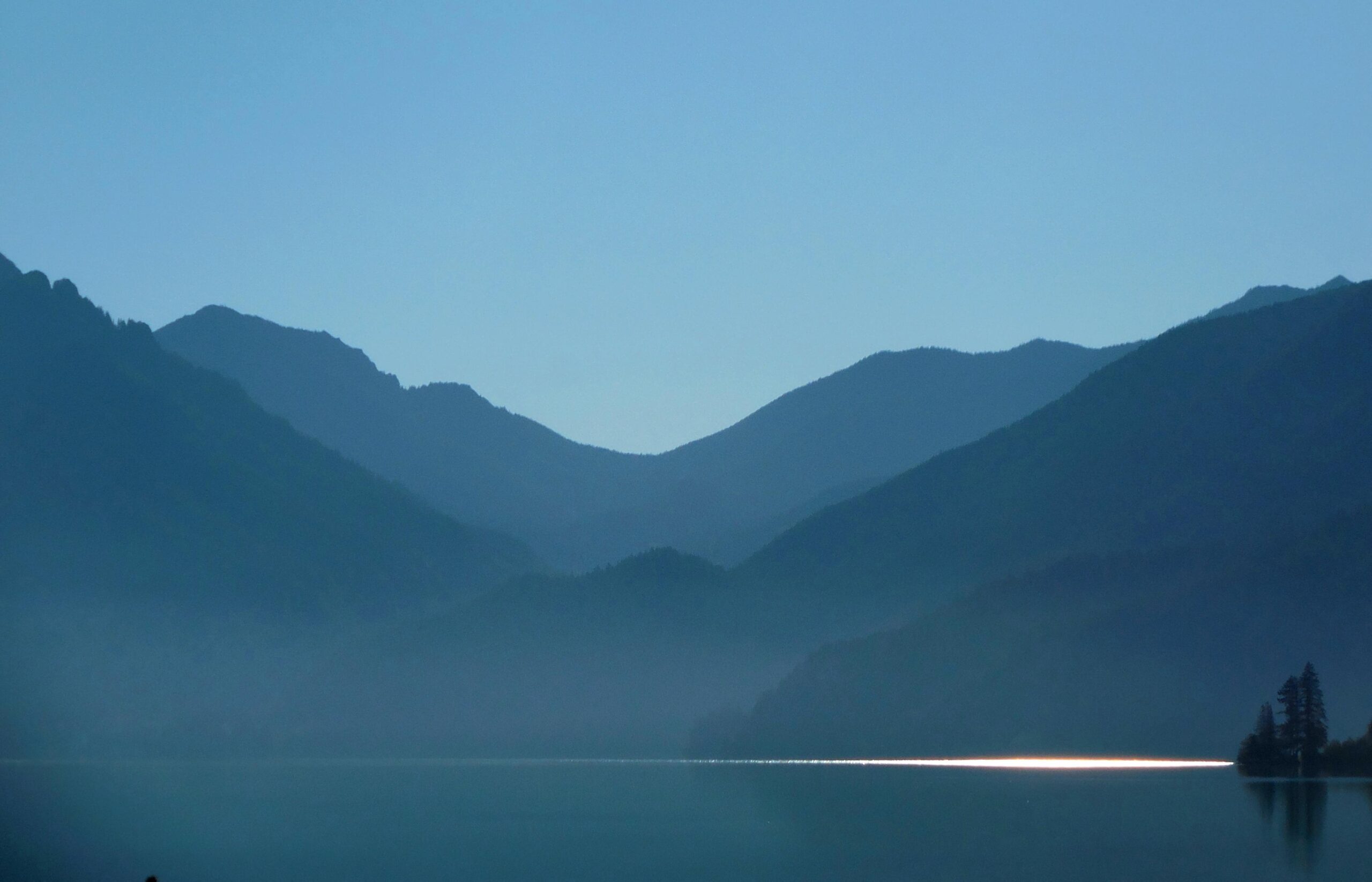Olympic National Park streams offer diverse ecosystems, from pristine rivers to cascading waterfalls. These waterways support various fish species, including salmon and steelhead, making them popular for fishing and hiking. The park’s streams, such as the Sol Duc, Hoh, and Queets rivers, provide unique opportunities for outdoor enthusiasts to explore the park’s natural beauty and engage in recreational activities while preserving the delicate balance of these aquatic habitats.
What Are the Major Streams in Olympic National Park?

Olympic National Park boasts several significant streams that contribute to its diverse ecosystem:
- Sol Duc River
- Hoh River
- Queets River
- Bogachiel River
- North Fork Skokomish River
Each of these streams offers unique characteristics and opportunities for visitors to explore and enjoy.
What Fish Species Can Be Found in Olympic National Park Streams?

The streams of Olympic National Park are home to a variety of fish species, including:
- Steelhead
- Salmon (various species)
- Cutthroat trout
- Bull trout (protected)
These species contribute to the park’s rich biodiversity and attract anglers from around the world.
When Is the Best Time to Fish in Olympic National Park Streams?
The optimal fishing seasons in Olympic National Park streams vary depending on the target species:
| Season | Best for |
|---|---|
| Winter | Steelhead |
| Spring | Salmon, trout |
| Summer | Trout |
| Fall | Salmon, trout |
It’s important to note that fishing regulations and seasons may change, so always check the latest information from the National Park Service before planning your trip.
What Are the Fishing Regulations for Olympic National Park Streams?
Fishing in Olympic National Park streams is subject to specific regulations to protect the ecosystem:
- Catch and release only
- Lures and flies only
- Single barbless hooks only
- Washington state fishing license required
- Olympic National Park fishing permit required
Always consult the most current regulations before fishing, as they may be updated to reflect changes in fish populations or environmental conditions.
What Gear Is Recommended for Fishing in Olympic National Park Streams?
When fishing in Olympic National Park streams, consider bringing the following gear:
- Medium to heavy action rods for steelhead and salmon
- Light to medium action rods for trout
- Appropriate waders or boots for river access
- Floating gear for accessing remote areas of rivers
- Single barbless hooks (as per regulations)
- Artificial lures or flies (no live bait allowed)
Tailor your gear to the specific stream and fish species you’re targeting for the best experience.
What Are the Top Hiking Trails Along Olympic National Park Streams?
Olympic National Park offers several hiking trails that follow or intersect with its streams:
- Hoh River Trail
- Length: 17.3 miles to Blue Glacier
- Difficulty: Moderate to challenging
-
Features: Old-growth rainforest, river access, glacier views
-
Sol Duc River Trail
- Length: 8 miles to Sol Duc Falls
- Difficulty: Moderate
-
Features: Hot springs, waterfalls, old-growth forest
-
Seven Lakes Basin Loop
- Length: 20 miles round-trip
- Difficulty: Challenging
-
Features: Alpine lakes, meadows, mountain scenery
-
Quinault Rainforest Nature Trail
- Length: 3.8 miles
- Difficulty: Easy to moderate
-
Features: Old-growth rainforest, river access, diverse flora and fauna
-
Dungeness River Trail
- Length: 8.1 miles
- Difficulty: Moderate
- Features: River access, mountain views, diverse forest types
These trails offer hikers the opportunity to experience the beauty of Olympic National Park’s streams and surrounding ecosystems.
How Accessible Are Olympic National Park Streams?
Accessibility to Olympic National Park streams varies:
- Some areas, like parts of the Sol Duc River, are easily accessible by car
- Many interior locations require hiking to reach
- Some rivers, like the Hoh, may require floating to access certain areas
- Trailheads often have parking lots and basic amenities
- Interior areas may have limited or no facilities
Always check current conditions and accessibility information before planning your trip, as weather and other factors can affect access.
What Conservation Efforts Protect Olympic National Park Streams?
Olympic National Park implements various conservation measures to protect its streams:
- Strict fishing regulations to maintain fish populations
- Habitat restoration projects
- Monitoring of water quality and ecosystem health
- Educational programs for visitors about stream conservation
- Partnerships with local tribes and conservation organizations
These efforts help preserve the park’s streams for future generations to enjoy.
How Do Olympic National Park Streams Contribute to the Local Ecosystem?
Olympic National Park streams play a crucial role in the local ecosystem:
- Provide habitat for diverse aquatic and terrestrial species
- Support salmon and steelhead populations, which are key to the food web
- Contribute to the park’s unique temperate rainforest environment
- Help maintain biodiversity in the region
- Influence local climate and weather patterns
Understanding the importance of these streams helps visitors appreciate the need for their conservation.
By exploring and respecting Olympic National Park streams, visitors can experience the park’s natural beauty while contributing to the preservation of these vital ecosystems for future generations.
References:
1. DIY Guide to Fly Fishing in Olympic National Park
2. Fishing – Olympic National Park (U.S. National Park Service)
3. Olympic National Forest – Fishing: River and Stream Fishing

